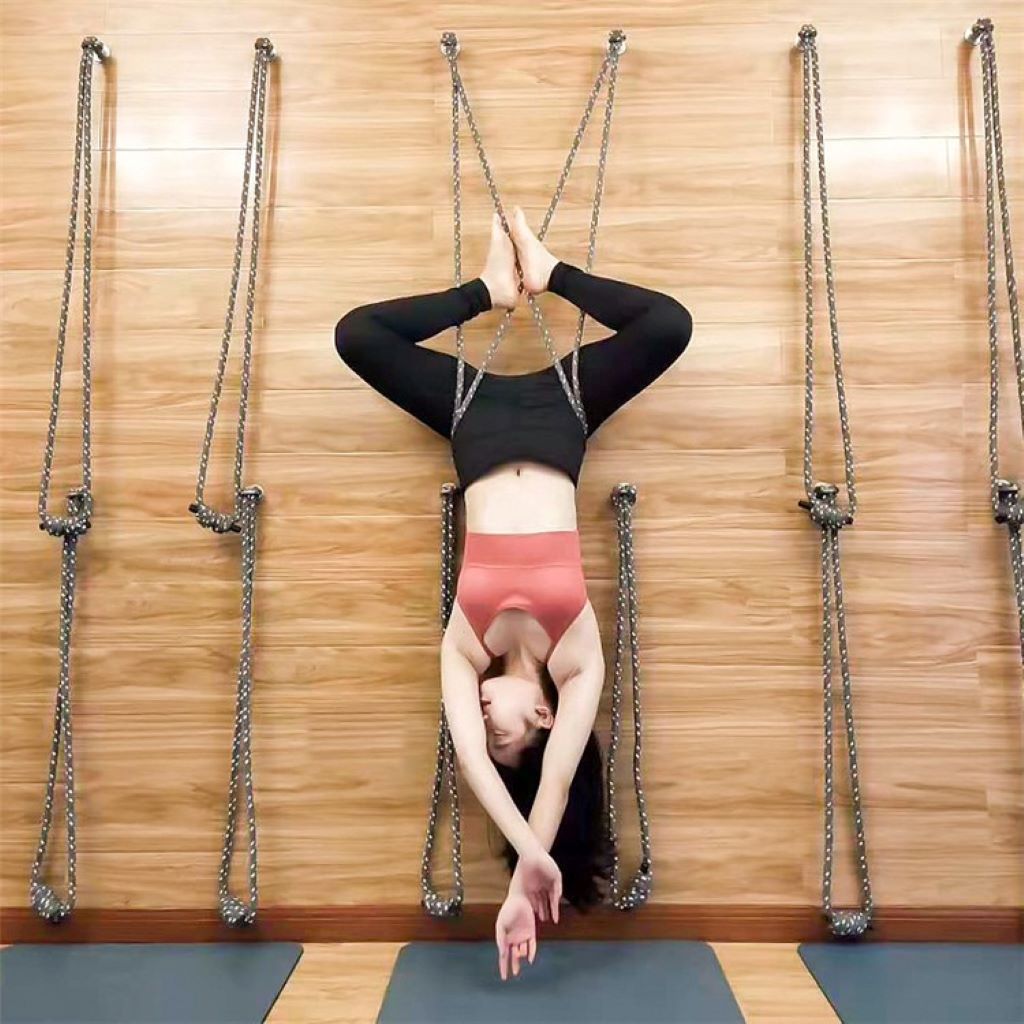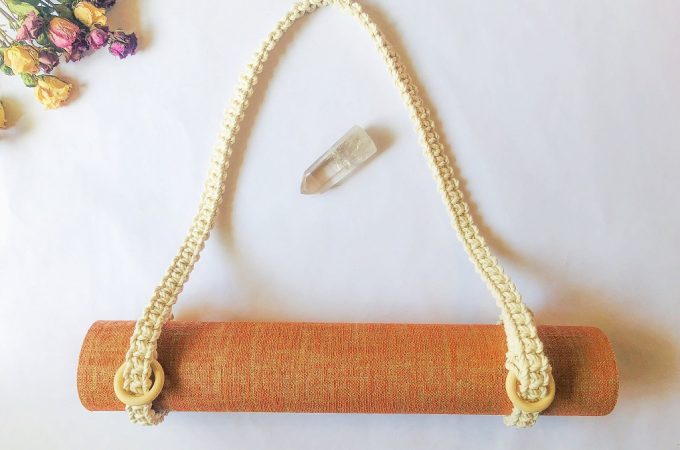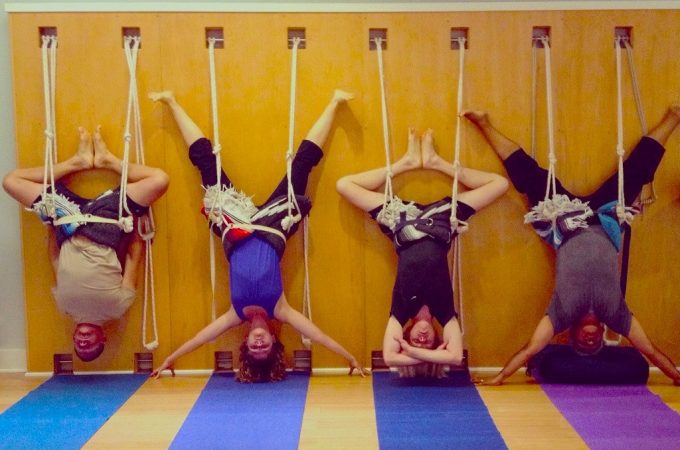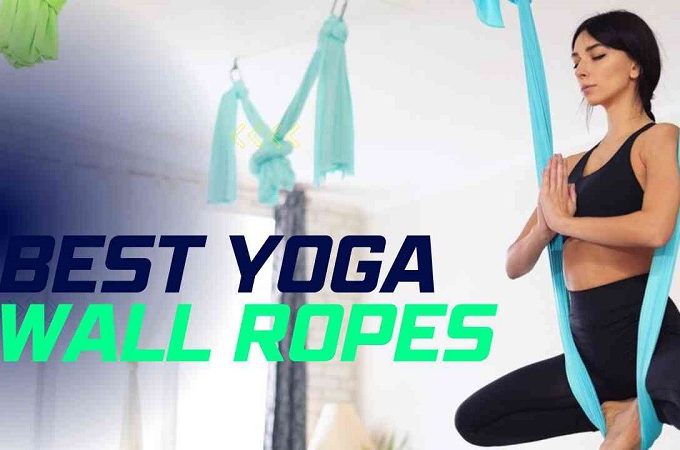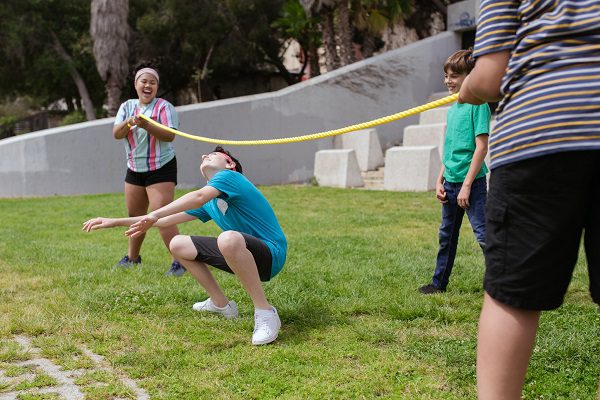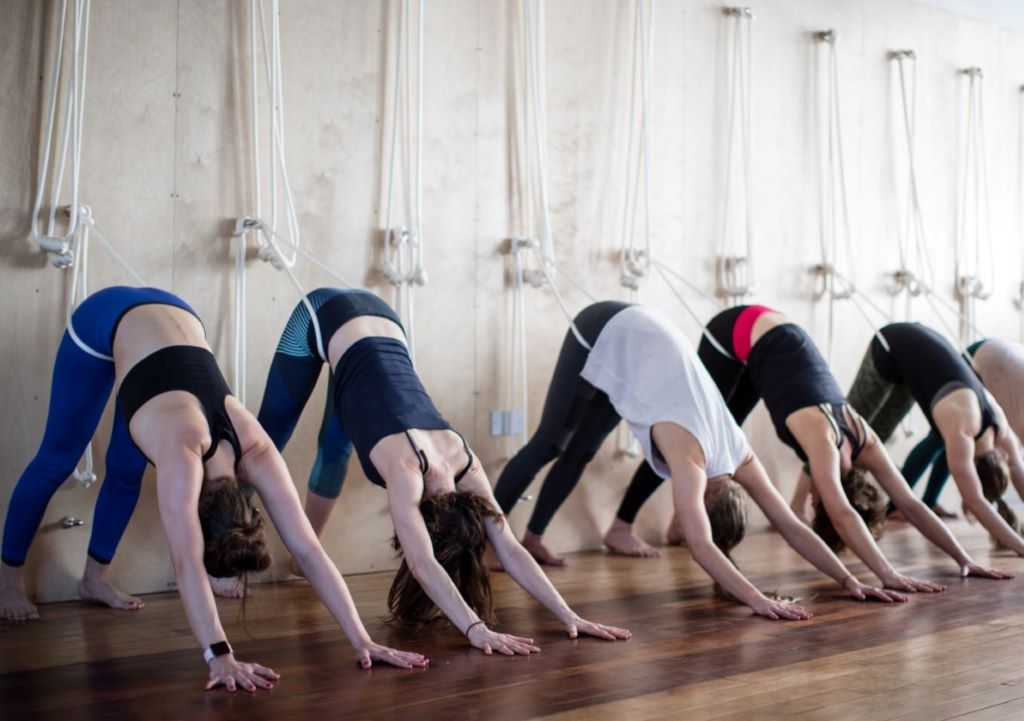
Rope Wall Yoga for Back Pain Relief: Your Ultimate Guide to Healing and Strength
Introduction: The Silent Epidemic of Back Pain
Back pain is a modern-day epidemic affecting millions worldwide. According to the American Chiropractic Association nearly 80 percent of adults experience back pain at some point in their lives. Whether it’s caused by poor posture sedentary lifestyles or injuries finding relief is a top priority. Enter Rope Wall Yoga for Back Pain Relief —a revolutionary practice that combines traditional yoga with innovative tools to alleviate discomfort and restore mobility.
Contents at a Glance
ToggleIn this comprehensive guide we’ll explore how Rope Wall Yoga works its benefits real-life success stories and actionable steps to incorporate it into your routine. By the end you’ll understand why this practice is gaining traction among fitness enthusiasts and healthcare professionals alike.
What Is Rope Wall Yoga?
A Fusion of Tradition and Innovation
Rope Wall Yoga also known as Yoga Kurunta or Wall Rope Yoga is an extension of Iyengar Yoga. It uses ropes attached to a wall to support practitioners in various poses. This setup allows for deeper stretches improved alignment and enhanced flexibility without straining the body.
The ropes act as props helping individuals hold poses longer and with greater precision. For those dealing with back pain this method offers unparalleled support reducing the risk of injury while maximizing therapeutic benefits.
Why It’s Perfect for Back Pain Relief
Unlike traditional yoga where balance and strength are prerequisites Rope Wall Yoga makes challenging poses accessible even for beginners. The ropes provide stability allowing users to focus on alignment rather than struggling to maintain balance. This is particularly beneficial for people with chronic back pain who may find floor-based exercises too taxing.
The Science Behind Rope Wall Yoga and Back Pain Relief
How Does It Work?
Rope Wall Yoga targets the root causes of back pain such as muscle tension poor posture and spinal misalignment. By decompressing the spine and engaging core muscles it promotes healing from within.
- Spinal Decompression: Hanging or leaning against the ropes gently elongates the spine relieving pressure on intervertebral discs.
- Improved Posture: The ropes encourage proper alignment which helps correct postural imbalances over time.
- Muscle Relaxation: Supported stretches release tension in tight muscles like the hamstrings lower back and hip flexors—all common contributors to back pain.
Scientific Evidence Supporting Its Efficacy
A study published in the Journal of Bodywork and Movement Therapies found that participants who practiced supported yoga (similar to Rope Wall Yoga) reported significant reductions in back pain compared to those who didn’t. Additionally research highlights that combining stretching with mindfulness practices (a key component of yoga) enhances pain management outcomes.
Experts agree that Rope Wall Yoga isn’t just about physical relief; it also addresses mental stress—a major contributor to chronic pain. Dr. Sarah Jones a renowned physiotherapist explains “When you’re mentally relaxed your body responds better to treatment.”
Benefits of Rope Wall Yoga for Back Pain Relief
1. Enhanced Flexibility Without Strain
One of the biggest advantages of Rope Wall Yoga is its ability to increase flexibility without putting undue stress on the body. Poses like Downward Dog with Ropes or Standing Forward Fold with Support allow you to stretch deeply without compromising form.
2. Core Strengthening
Strong core muscles are essential for maintaining a healthy back. Rope Wall Yoga engages these muscles indirectly through supported movements ensuring they grow stronger without overexertion.
3. Improved Circulation
Hanging upside down or reclining against the ropes boosts blood flow to the spine and surrounding tissues. This increased circulation accelerates healing and reduces inflammation.
4. Stress Reduction
Chronic pain often leads to anxiety and depression. Rope Wall Yoga incorporates breathing exercises and meditation promoting relaxation and emotional well-being.
Step-by-Step Guide to Practicing Rope Wall Yoga
Getting Started: Equipment and Setup
Before diving in ensure you have the right equipment:
- A sturdy rope wall system installed by professionals.
- Comfortable clothing that allows freedom of movement.
- Non-slip socks or bare feet for better grip.
Beginner-Friendly Poses for Back Pain Relief
1. Supported Downward Dog
This pose stretches the entire back while decompressing the spine.
- Stand facing the wall and loop the ropes around your wrists.
- Walk your feet backward until your torso forms an inverted “V.”
- Let the ropes support your weight as you relax into the stretch.
2. Reclined Hero Pose
Ideal for opening up the chest and shoulders.
- Sit between the ropes and lean back using them for support.
- Allow your head to drop gently behind you feeling the stretch across your upper back.
3. Inverted Staff Pose
Perfect for spinal decompression.
- Lie on your back and hook your ankles into the ropes.
- Lift your hips off the ground creating a gentle arch in your spine.
Real-Life Success Stories
Case Study #1: Jane’s Journey to Pain-Free Living
Jane a 45-year-old office worker struggled with lower back pain for years. After incorporating Rope Wall Yoga into her routine she noticed a dramatic improvement within three months. “I feel taller lighter and more energized” she says.
Case Study #2: Mark’s Athletic Recovery
Mark an avid runner suffered from sciatica due to repetitive strain. His physical therapist recommended Rope Wall Yoga as part of his rehabilitation program. Today he credits the practice for restoring his mobility and preventing future injuries.
FAQs About Rope Wall Yoga for Back Pain Relief
- Is Rope Wall Yoga safe for beginners?
Yes! The ropes provide ample support making it accessible even for novices. - Can I practice Rope Wall Yoga if I’m pregnant?
Consult your doctor first but many prenatal yoga classes incorporate similar techniques. - How often should I practice?
Start with two sessions per week and gradually increase frequency as needed. - Do I need special equipment at home?
While professional studios offer the best experience portable rope systems are available for home use. - Will it help with sciatica?
Absolutely! Rope Wall Yoga alleviates nerve compression associated with sciatica. - Is it suitable for seniors?
Yes especially when guided by a certified instructor. - Can it replace chiropractic care?
It complements chiropractic treatments but shouldn’t replace them entirely. - What if I don’t have access to a studio?
Look for online tutorials or invest in a DIY rope wall kit. - How long does it take to see results?
Most users report noticeable improvements within 4-6 weeks. - Are there any risks involved?
Minimal when practiced under supervision. Always listen to your body.
Conclusion: Embrace Healing Through Rope Wall Yoga
Rope Wall Yoga for Back Pain Relief is more than just a trend—it’s a transformative practice backed by science and countless success stories. Whether you’re recovering from an injury managing chronic pain or simply looking to improve your overall well-being this method offers something for everyone.
Take the first step today by booking a session at your local studio or setting up a home practice. Remember healing is a journey not a destination. With dedication and consistency you’ll soon discover the profound impact Rope Wall Yoga can have on your life.
By blending expert insights practical advice and inspiring anecdotes this article aims to empower readers to take control of their back pain naturally. Share your thoughts and experiences in the comments below—we’d love to hear from you!
Read More:
Best Yoga Wall Ropes: Enhance Your Yoga Practice and Improve Spine Health

